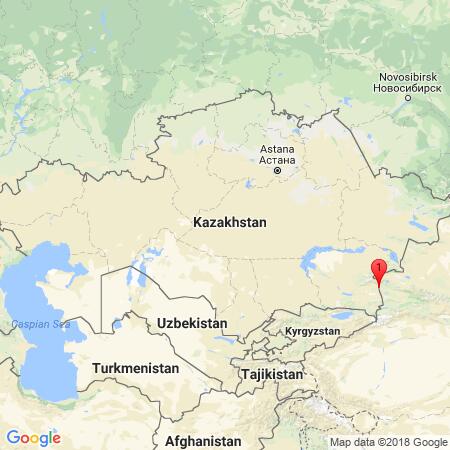Radio Free Europe / Radio Liberty
In a desert far away, China opens a gateway on its new Silk Road
The largest special economic zone in the former Soviet Union is emerging on the Kazakh-Chinese border — marred by protests, delays and corruption allegations.
In a remote desert near the border between Kazakhstan and China, a massive dry port has been built to develop overland routes for Chinese exports to markets in Europe, Russia, and Central Asia.
Dubbed the “New Silk Road,” supporters say it slashes delivery times — but skeptics say it’s a gamble which may not pay off.
On the Kazakh-Chinese border, plans are taking shape for what the authorities say will be the largest Special Economic Zone in the former Soviet Union. But while China has already constructed a city on its side, the Kazakh project has been mired in corruption scandals and delays.
Current Time TV is the Russian-language network run by RFE/RL in cooperation with VOA. This story originally appeared on rferl.org. (January 18, 2018)

Kazakhstan
Khorgos is the largest dry port in Central Asia. Located at the Kazakh-China border. Goods on trains from China are transferred to the wider gauge trains in Khorgos before continuing on to destinations in Europe.
BY THE NUMBERS
- Trains: The first train arrived in July 2015 with 30 containers. Now the trains carry three times as much cargo.
- Containers: 25,000 containers were shipped in 2016. That number nearly doubled in 2017.
- Each day: Five to six container trains are processed every 24 hours. The goal is to have transfer 10 trains each day.
- Shipping times: Currently it takes 50 - 60 days to ship containers from China to Europe by sea. It takes 10-14 days to ship by train.